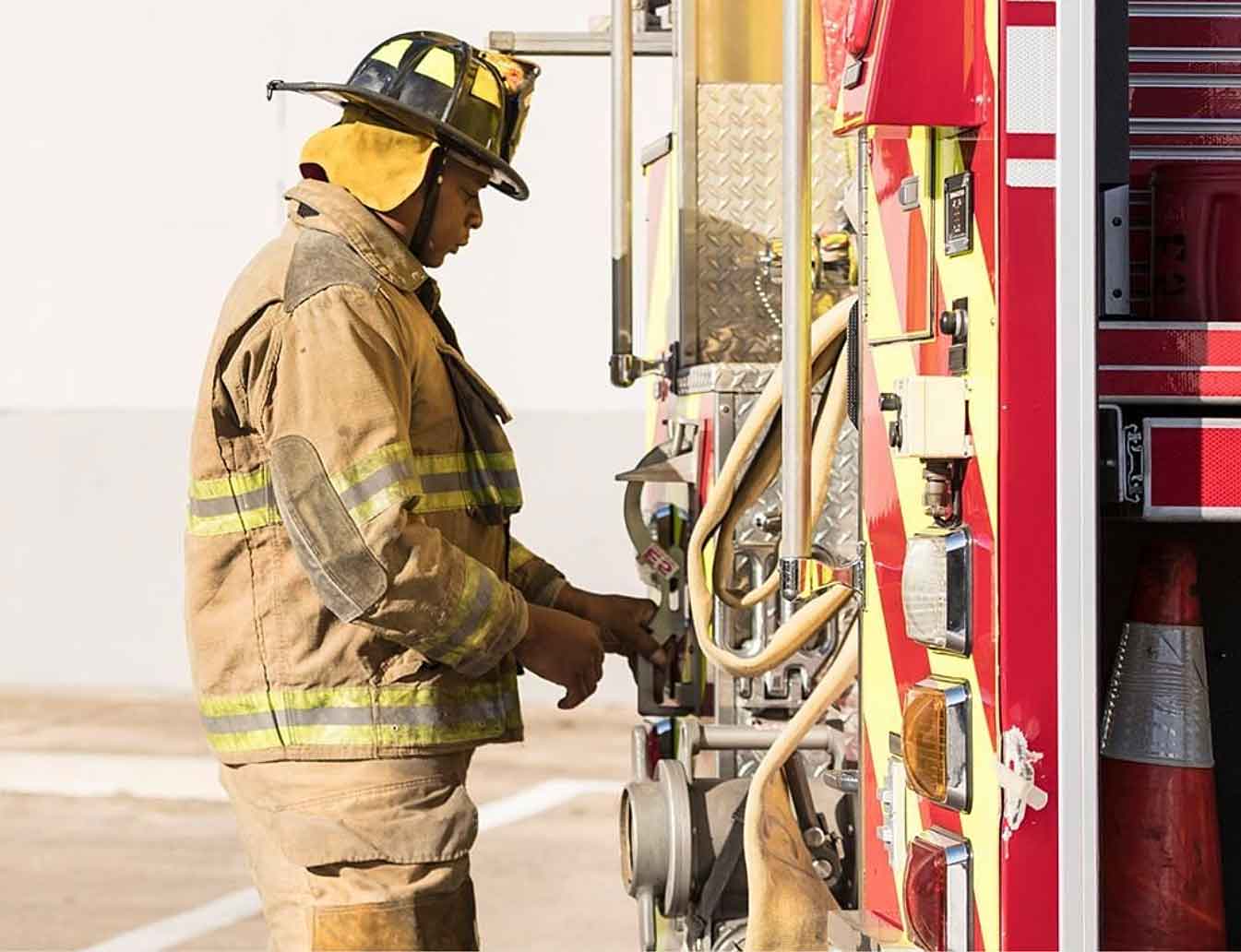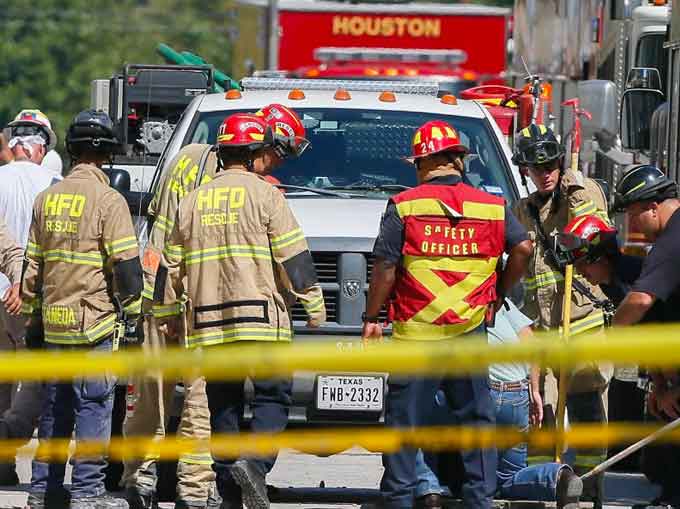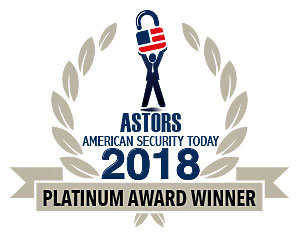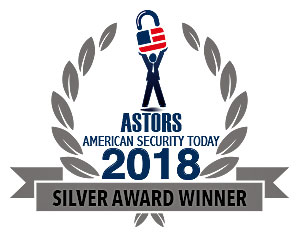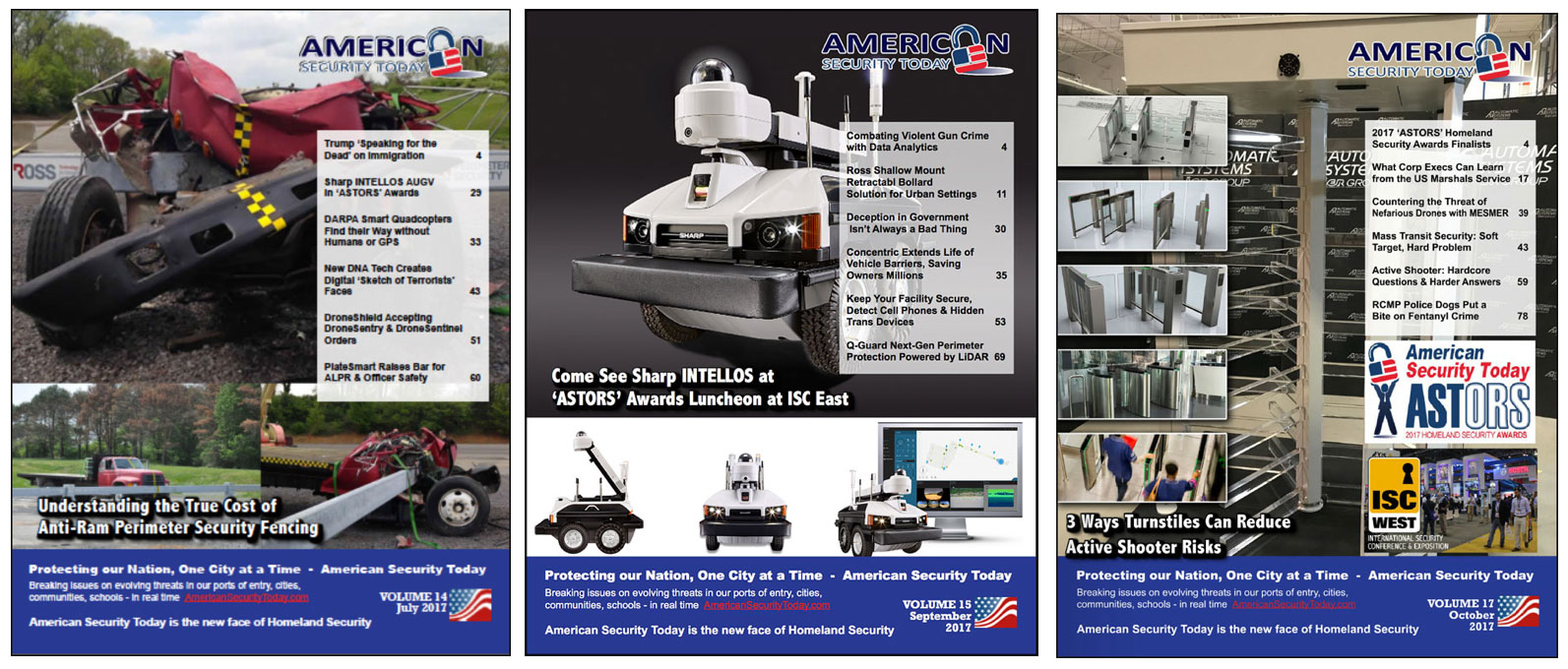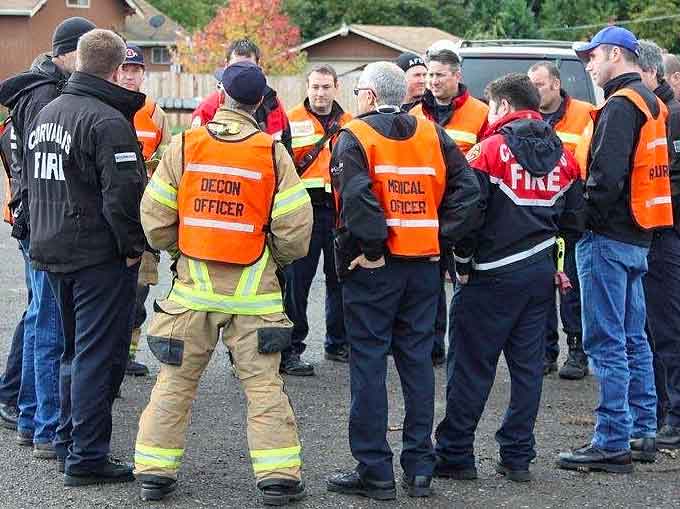
By Sean Lauziere, MPA
Emergency professionals are trained and prepared to deal with every unexpected situation imaginable. 9-1-1 serves as the incident command during times of emergency.
They dispatch resources to the scene like first responders who are given essential information, follow procedures and work as a team.
What is Self-Dispatch?
Self-Dispatch is when any person shows up to an active scene without being sent by 9-1-1.
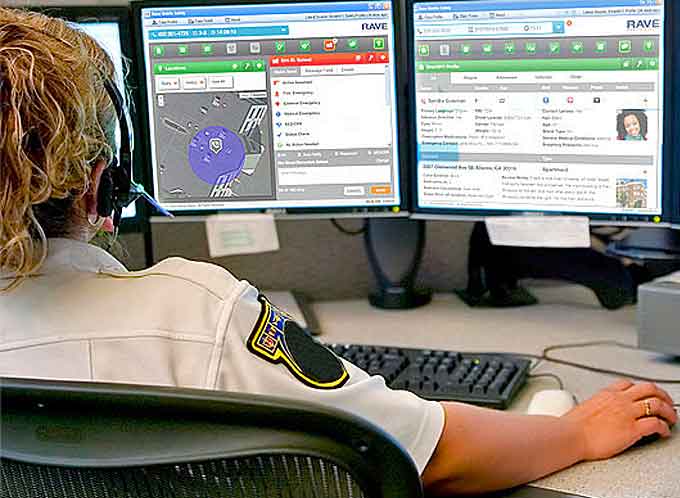
Self-Dispatching is seen most often in two different scenarios:
One example of self-dispatching occurs when an off-duty public safety professional like a police officer responds to an incident.
-
They might hear something over the radio or be in the area of an active situation and go to the scene of the incident without knowing crucial details or specific protocols for the situation.
-
While they have high level information like the location, problems arise when safety professionals decide to self-dispatch.
-
Solo missions lead to increased risk for everyone involved.
The other scenario is when everyday citizens or even off-duty emergency professionals decide to self-dispatch.
-
They may hear information about an incident in real-time on the news, through a friend or read an update on social media.
-
It may seem heroic, but acting on this unreliable information unnecessarily adds to the chaos and danger involved for all.
Lack of Information
When 9-1-1 takes a call, the dispatcher enters all the information they receive into their system to share with the first responders sent to the scene.
The critical information they collect and share ranges depending on the incident, but includes life-saving facts like location within a building, personal information and details of what’s happening on the scene.
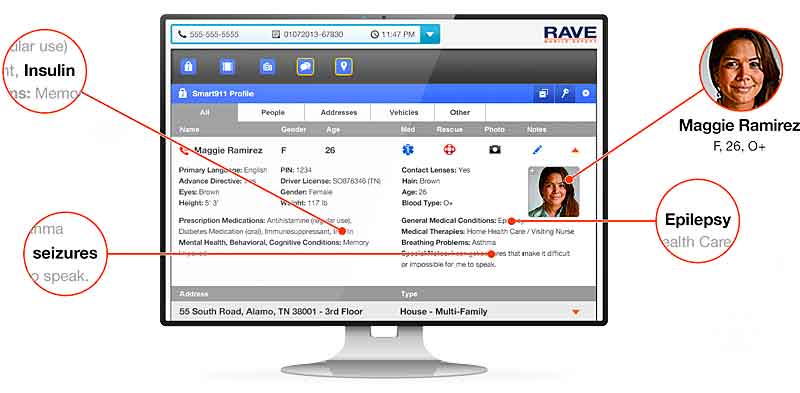
shorten response times, and save lives.
The physical and mental health of any citizens involved in the initial call are also important factors for dispatched resources to know when assessing risk.
Self-dispatchers don’t have access to this critical information.
By reacting to information overheard on the radio or news, they are missing the full picture and are walking into the situation blind.
Police cars 20 miles from an incident will receive an alert about it.
Cars from several different towns may start heading towards the danger, but they are often on different radio bands and not communicating.
These uncoordinated efforts result in multiple protocols being broken. Not having the correct information needed hinders organized rescue efforts.

Easily identifiable safety vests are often given out to approved first responders so they can be easily recognized by citizens and among each other.
This helps people know to get out of their way.
Self-dispatchers can be difficult to identify in a chaotic situation, creating a lack of information for all the responsible parties.
Risk for First Responders
There is always a risk for any first responders when first entering a scene.
Critical situations can involve risks including chemical, biological, radiological and explosive devices.
These natural and man-made disasters are a threat to anyone on scene, but even more so when a self-dispatcher arrives blind to the already risky situation.
Uncoordinated resources like self-dispatchers add additional risk for emergency personnel.
If an on-duty police officer decides to self-dispatch, they are leaving the area under their supervision without notice.
Lives are at risk when safety personnel leave their local communities. It reduces the level of protection and support should a second emergency occur, making the area more vulnerable.
Self-dispatchers also take away resources from fire-fighters and other emergency personnel assigned to the scene.
When 9-1-1 dispatched resources arrive on location, they are all aware of the procedures in place for the incident at hand and are accounted for.
During the Ferguson riots of 2014, police officers arrived to help without riot gear.
Resources are limited, and without the proper equipment like shields and gas masks, responders are on no value on the front line.
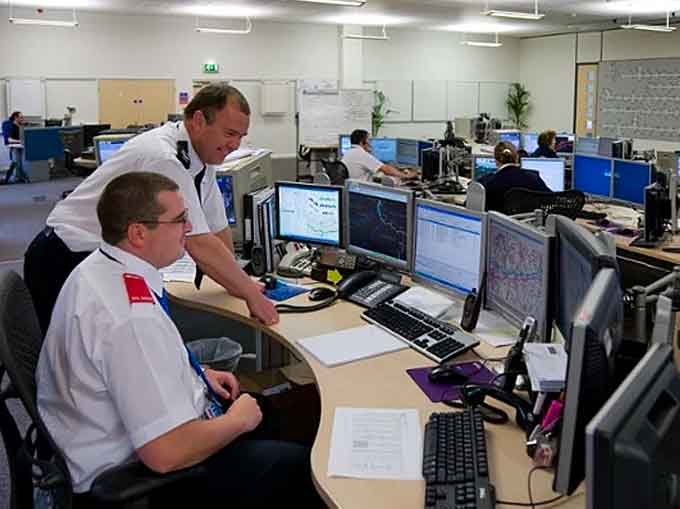
When resources show up that have not been requested, the incident management system fails.
The scene of an emergency is already chaotic, and self-dispatchers create additional risks for emergency professionals that are unnecessary and avoidable.
Reduced Awareness
Self-dispatchers don’t have context into the scene they’re walking into.
They don’t know what to prepare for or have access to floor plans to know where to go.
Self-dispatchers enter the scene blind with zero situational awareness.

The International Association of Fire Chiefs (IAFC) and the National Volunteer Fire Council (NVFC) discourage the practice of self-dispatch among emergency response personnel to emergency incidents without notification or request.
The association sites that in past incidents, fire departments have struggled to allocate additional resources to managed self-dispatchers that arrive on scene.
This uncontrolled and uncoordinated arrival of self-dispatches at emergencies creates accountability issues as well as an additional safety risk to all because they are not aware of the overall strategic plan.
On-Site Confusion
9-1-1 centers are responsible for everyone on-site during an emergency.
This includes the citizens that called, the deployed first responders, and many other involved groups depending on the situation.
9-1-1 is accountable when self-dispatchers arrive, creating a hindrance. Not only is the call center dealing with the situation at hand, they also have to worry about this additional liability.
9-1-1 also puts all first responders in the same notification chain – sheriffs, police agencies, safety officers, authorities, and more.
This allows all involved parties to stay informed and take appropriate action immediately.
If a community has a critical communications system in place, (like Panic Button) they can share critical response data for enhanced coordination between authorized app users, 9-1-1 call takers and first responders that saves time when it matters most.
This streamlined communication helps reduce confusion.
(See briefly how a panic button works. How, in seconds, Rave Panic Button clearly communicates an emergency to 9-1-1, faculty, staff, and security resource officers.Courtesy of Rave Mobile Safety and YouTube.)
The report detailing the Sandy Hook shooting response was released January 2018.
The report states that search and clear procedures at the school were difficult because of the number of personnel who self-deployed from multiple agencies.
Self dispatchers creates unnecessary on-site confusion.
Incorrect Targets
Any new or unidentified person in an active shooter incident is seen as a suspect.
First responders that have been properly dispatched are put at a disadvantage by having identify and to account for self-dispatchers.
By blocking 9-1-1, self-dispatchers put themselves on an island are isolated from necessary communication from the teams in charge.
Other Adverse Consequences
There are many reasons why 911 help is needed, and self-dispatch only helps in niche scenarios.
In schools, towns, and organizations everywhere, a majority of 9-1-1 calls are related to medical issues.
A student breaking her arm or employee having an asthma attack needs streamlined communication to get help fast.

Self-dispatching can’t help day to day instances that 9-1-1 is often called for.
Organizations relying on self-dispatching as their safety plan won’t get any assistance from self-dispatchers on their most common and daily incidences.
Every child is taught to dial 9-1-1 during an emergency and get help from the experts in charge. When you were growing up, you were never taught to self-dispatch.
Self-dispatching goes against this core lesson we were all raised knowing and blocks 911 from entering the process.
It is understandable that off duty first responders and everyday citizens would want to jump into the fray to help instead of sitting idly by. Self-dispatch may seem appealing to some school administrators.
Those who have never been involved with Public Safety Answering Points (PSAP) like 9-1-1 call centers may think self-dispatching is a cure all.
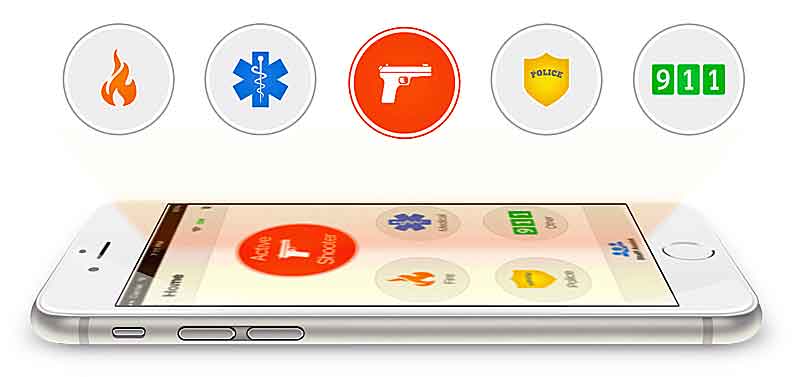
However, emergency situations have the most positive outcomes when plans are in place, protocol is followed, and communication is straightforward.
Only people with direct insight into the coordination of the situation, like dispatchers, have the required knowledge and capacity to decide what resources are needed when and where to eliminate additional chaos during an emergency.














